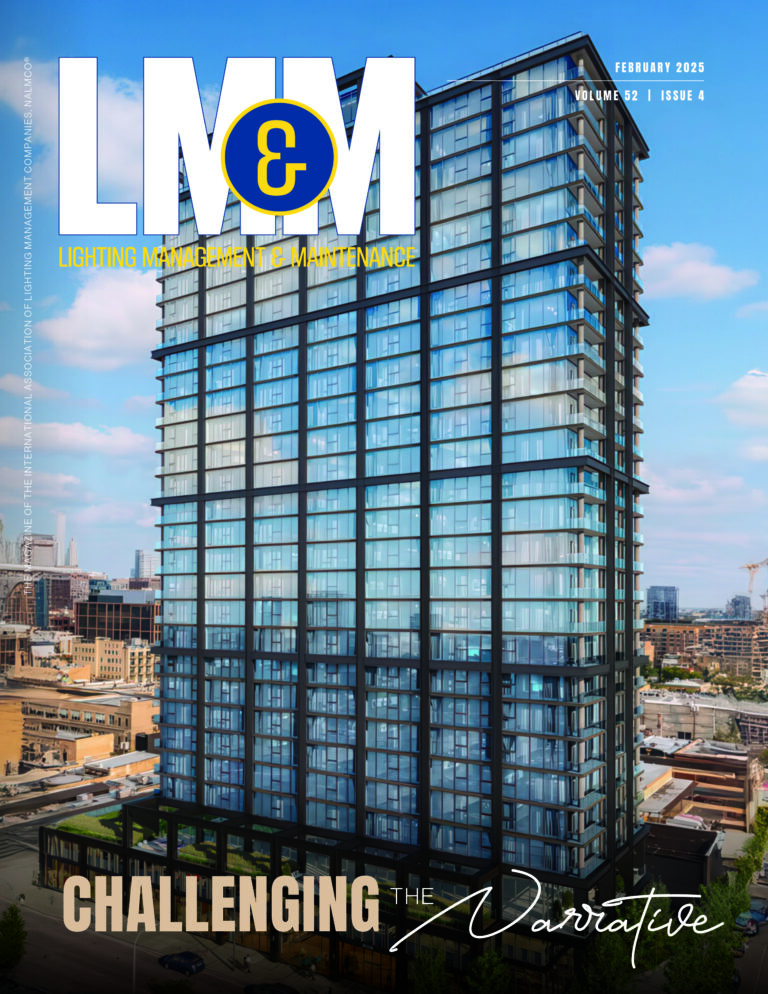By Dr. James M. Gaines, Standards and Regulations Professional, Signify North America Corporation
When it comes to the undesired visual effects known as Temporal Light Artifacts (TLA), one size does not fit all. This is what led NEMA, in 2017, to publish NEMA 77 – Temporal Light Artifacts: Test Methods and Guidance for Acceptance Criteria. This document contains a thorough explanation of TLA, its causes, its measurement, and Standards related to TLA. It covers both light sources and controls.
If organizations desire to implement specifications on temporal light artifacts, then NEMA recommends the application of NEMA 77 at full light output.
Human perception is impacted by details of the light waveform: modulation depth, frequency, wave shape, and duty cycle. The measures in NEMA 77 have been developed to address these impacts and to predict human perception. NEMA 77’s TLA measures are: for flicker, the short-term flicker indicator (Pst), and for stroboscopic effect, the stroboscopic visibility measure (SVM). No metric has been defined for phantom array. These factors result in the guidelines given in Table 6 from NEMA 77-2017:

Several other measures have been used to quantify TLA, including modulation depth, flicker index, California’s Title 24 Flicker requirements, and IEEE 1789. None of these measures are suitable to predict human sensitivity to light modulation. The first three do not account for the human eye’s dependence on frequency. The flicker requirements in Title 24 Joint Appendix 10 (JA10) is too lax at low frequency (the modulation depth limit is six times higher than the seizure threshold in the critical range of 5 – 20Hz) and is overly strict at higher frequencies where human sensitivity is decreased. IEEE 1789 is overly strict, so strict that even its ‘low risk’ threshold would exclude light sources with modulation equivalent to that from most incandescent lamps (all incandescent lamps in 230V regions), which have been widely used for decades.
Although some applications may benefit from stricter limits on TLA, NEMA does not advise applying a stricter limit universally. An overly strict universal limit would unnecessarily increase cost and complexity for all applications, including those that do not require strict TLA specifications. Since nearly all design parameters interact, a strict limit on TLA will also affect the manufacturer’s ability to meet other specifications. For example, a small decrease in efficacy is caused by the additional electronics necessary to meet a stricter TLA specification. Severe limits on TLA will also limit manufacturers’ options to implement new control features such as LiFi communications.
To obtain a copy of NEMA 77 – Temporal Light Artifacts: Test Methods and Guidance for Acceptance Criteria, click here.
For more information on the content and application of NEMA 77, please visit a presentation and recorded webinar from NEMA Member experts.
For further inquiries or to pursue opportunities for collaboration on TLA, please contact Michael Erbesfeld, Senior Program Manager with the Lighting Systems Division.



